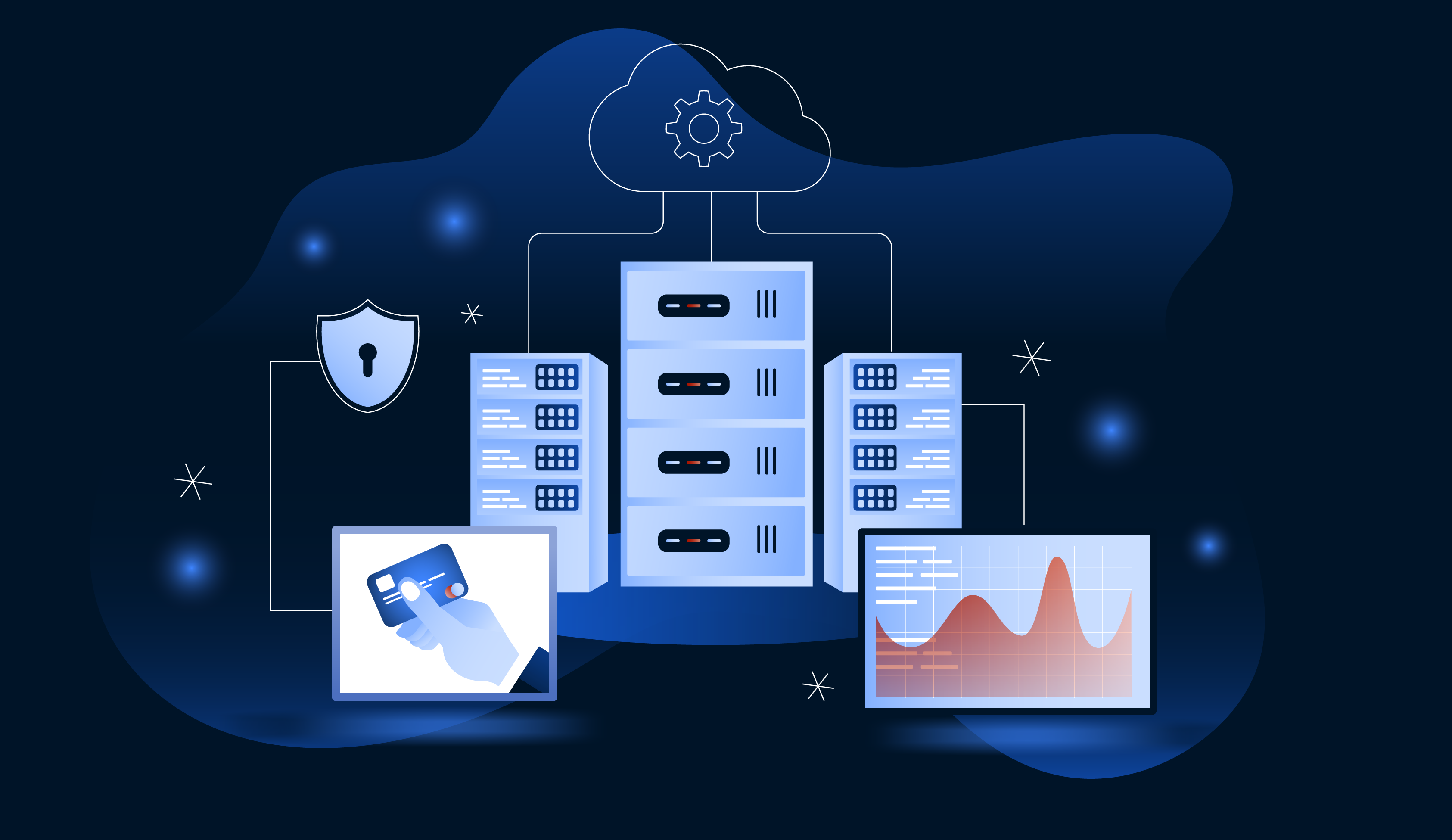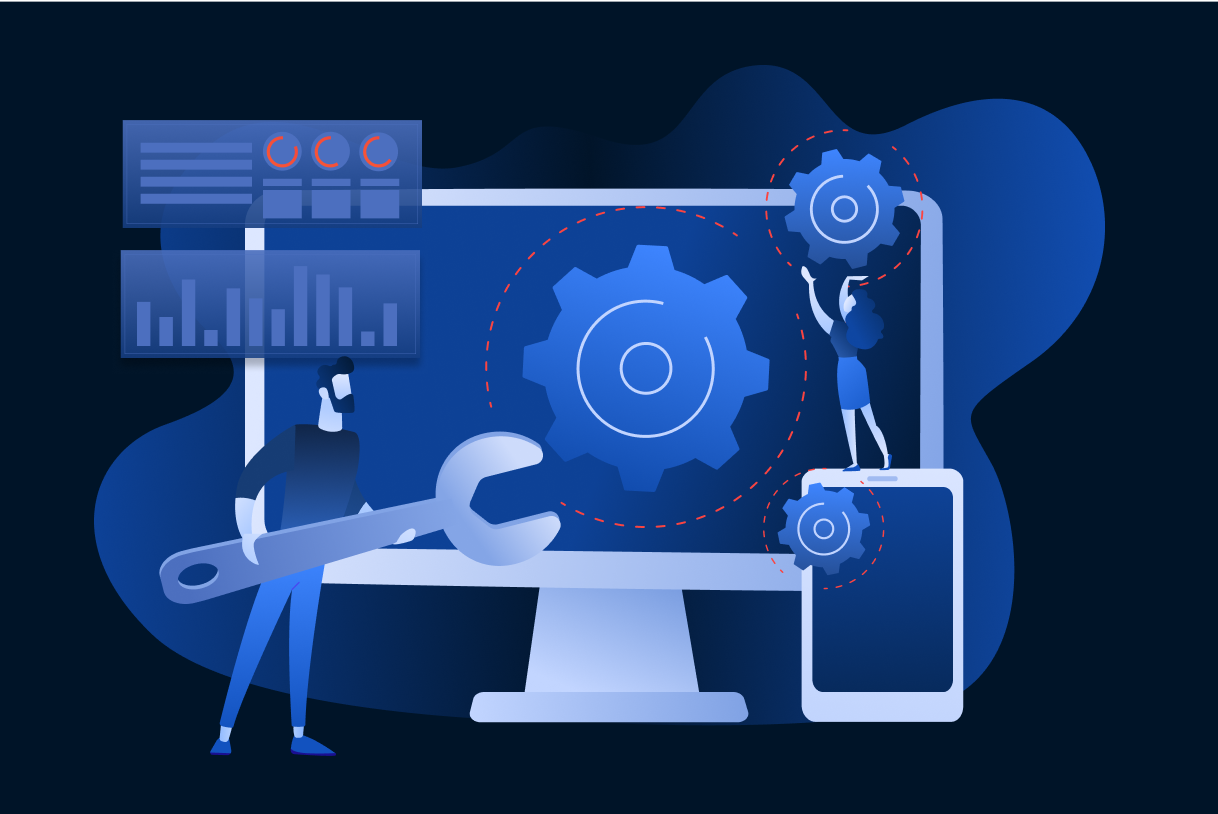Many companies believe that once they migrate to the cloud, their infrastructure costs will simply decrease. However, the bill that comes at the end of the month often says otherwise. The truth is that cloud infrastructure costs are largely determined by how you develop your software.
For example, serverless software architectures are often more cost-effective, but not trivial to implement. Businesses should also be aware of the unexpected costs of some architecture choices, such as the financial implications of maintaining security and compliance standards and scaling costs.
So, how do you assess the infrastructure options that are available for custom software development to make sure you make the best choice?
In this post, we will consider:
Physical servers
Some older software development choices require a set of physical servers. Traditional physical servers, as well as virtual servers like AWS EC2, require a lot of machines. These machines have to always be running, are costly to maintain and have security challenges. These issues require an expert on call to handle them effectively.Containerisation
A slightly more modern alternative software development approach uses a container service like AWS ECS for flexibility. This uses a cluster of machines more efficiently by sharing its resources among several custom-built software components in a “container”. It is easier to scale up when needed, but also to scale down. It still requires constantly running machines. However, there is less to maintain and has fewer security risks. You still need an expert, though.Pay-per-use options
The modern custom software development approach uses a pay-for-what-you-use service like AWS Lambda. It has no constantly running machines, which is generally more cost-effective. Computer code is only executed in response to events and does not have to run all the time. Scaling the used computer resources is also automatic.Choosing an option
The traditional and container-based software development relies on constantly running machines and is billed for the time the machines are running. That means the cost is the same regardless of how busy the system is. Additionally, one has to have enough machines available to handle peak demand. For a peak of about 25 transactions per second for an hour every day, the cost could be around $480 per month. If the actual peak is less than that, or 0, the cost is still $480 per month. Software development using the pay-for-what-you-use approach calculates cost based on the real number of transactions. During off-peak times, the cost reduces accordingly. With 0 requests, the cost is also $0. With a daily peak of 25 transactions per second for an hour, the cost is about $80 per month. Developing software for traditional servers and containerised systems requires operating system-level maintenance and security updates in the long run. The pay-for-what-you-use model uses the cloud provider for this task. The performance of software developed for an event-based system that is well designed is similar for each of these models. While there are edge cases where the performance may differ, the majority of modern systems fit the event model very well. One of the primary choices that needs to be made when doing custom software development is the architecture. It is hard to change this choice the further along the software development process you are. Because the pay-for-what-you-use approach to software development has fewer parts that have to be built and maintained, it is also less prone to having problems with complexity.Conclusion
It is clear that different cloud infrastructure approaches have different costs associated with them. The pay-for-what-you-use model is often the most cost-effective if implemented well as part of your custom software development process.
Talk to us if you want to know more!





